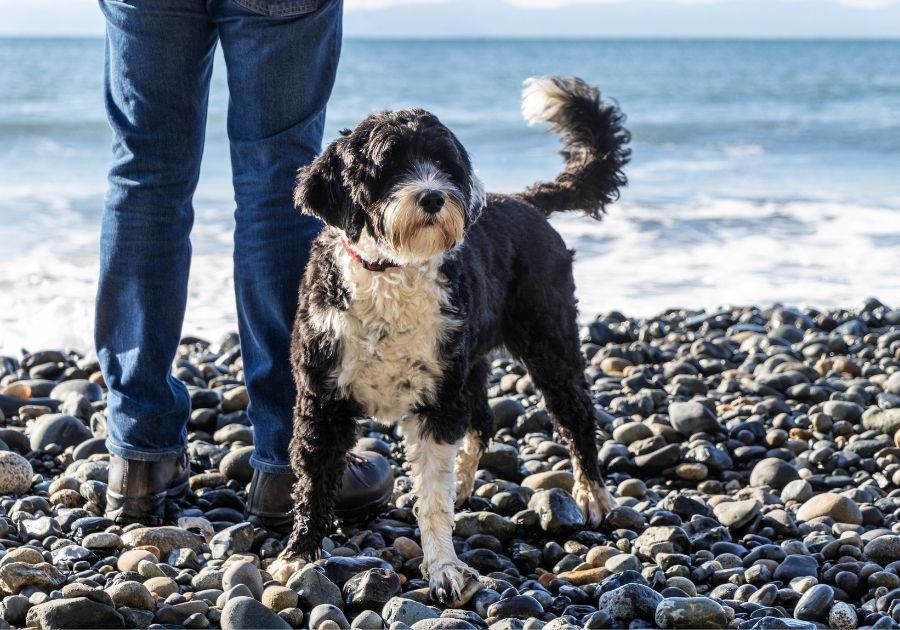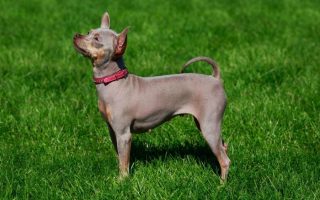The first things that come to mind when thinking of both the Great Dane and the Kangal are size and strength.
These two belong to the group of the largest breeds in the world and share a similar commanding and imposing presence.
However, when you look a little closer, beyond the sheer size and power, you’ll notice plenty of differences between the two.
With different origins, backgrounds, and developmental paths, the two breeds have developed some characteristic traits, making sure one can’t be confused with another.
Each breed has its unique distinctive qualities that make them perfect for certain kinds of owners.
Below, I’ll compare Great Dane vs Kangal to help you understand what each of them can bring to your family and which one better suits your needs and lifestyle
| Attributes | Great Dane | Kangal |
| Good For First Time Owners | No | No |
| Good Guard Dog | Yes | Yes |
| Apartment Friendly | Yes | No |
| Good Family Dog | Yes | With Training |
| Shedding | Moderate To High | Moderate To High |
| Barking And Howling | Moderate | Moderate To High |
| Height | 28-32 inches (71-81 cm) | 28-32 inches (71.5-81 cm) |
| Average Life Expectancy | 9-10 Years | 12-15 Years |
[wpsm_toplist]
Great Dane – Dog Breed Information
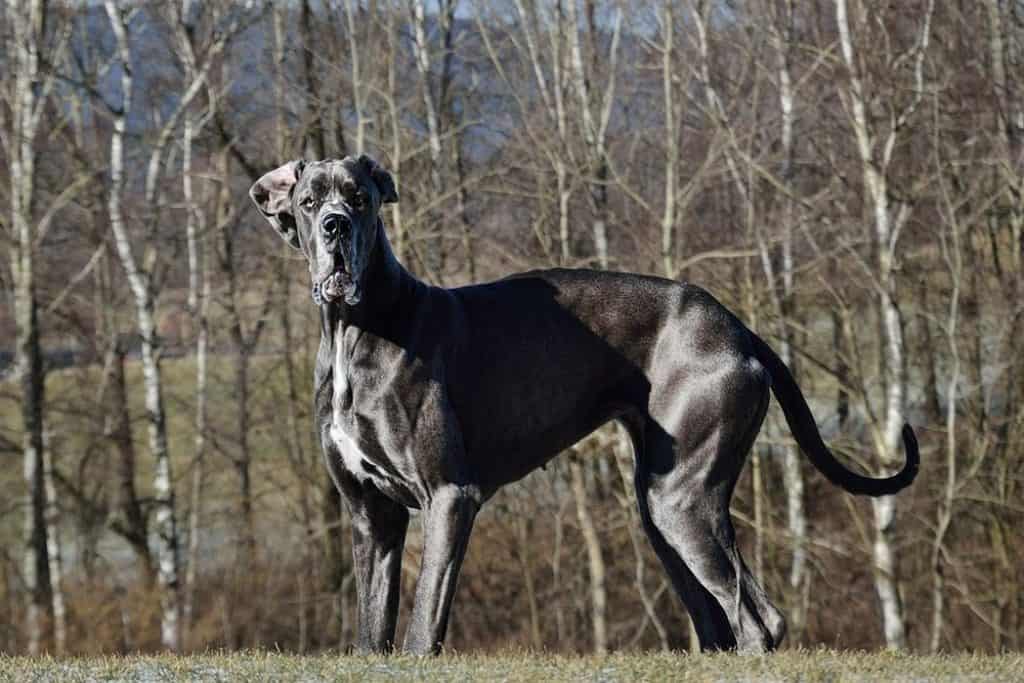
Great Danes have been around for centuries.
Contrary to what many think, they don’t originate from Denmark, but from Germany. Initially, they were bred for hunting, wild boars mostly.
However, nowadays, their role is changed and they mostly serve as family dogs.
Over the last 200 or so years, the aggressiveness needed for hunting was mostly bred out to create a more refined and kind breed.
Appearance
This breed is known for its regal, elegant, and sleek appearance.
They feature a lean build with an athletic and muscular body. Often they’re referred to as the “Apollo of dogs.”
The body of a Great Dane is covered with a short and sleek coat with a smooth and glossy appearance.
They vary in color but the most common patterns include fawn (golden with a black mask), brindle (fawn and black intermixed), harlequin (white with black patches), black, blue, and mantle (solid black with white markings).
Great Dane’s head is massive and narrow with a flat top and a very long neck.
Eyes are deep-set with a thoughtful expression, while the ears are dropped forward unless cropped.
Male Great Danes are 30-32 inches (76-81 cm) high and weigh 120-200 pounds (54-90 kg).
Females grow up to 28-30 inches (71-76 cm) and weigh around 100-130 pounds (45-59 kg).
Temperament
Even though they may look threatening, Great Danes are a kind and finely breed that mainly gets along with everyone.
They’re very sweet and affectionate and particularly enjoy playing and spending time with kids.
Most Great Danes also do well with other animals in the household, especially if they were raised together.
Furthermore, they’re usually welcoming towards strangers. However, if they sense danger, the Great Danes can become fiercely protective.
They grow rather attached to their humans and don’t handle well being left alone for long periods of time.
As they’re rather intelligent and eager to please, Great Danes are fairly easy to train.
Still, they need to go through early socialization and to be exposed to other animals, people, and new experiences.
Although they’re not a very active breed, they will still need daily walks and moderate exercise.
Kangal – Dog Breed Information
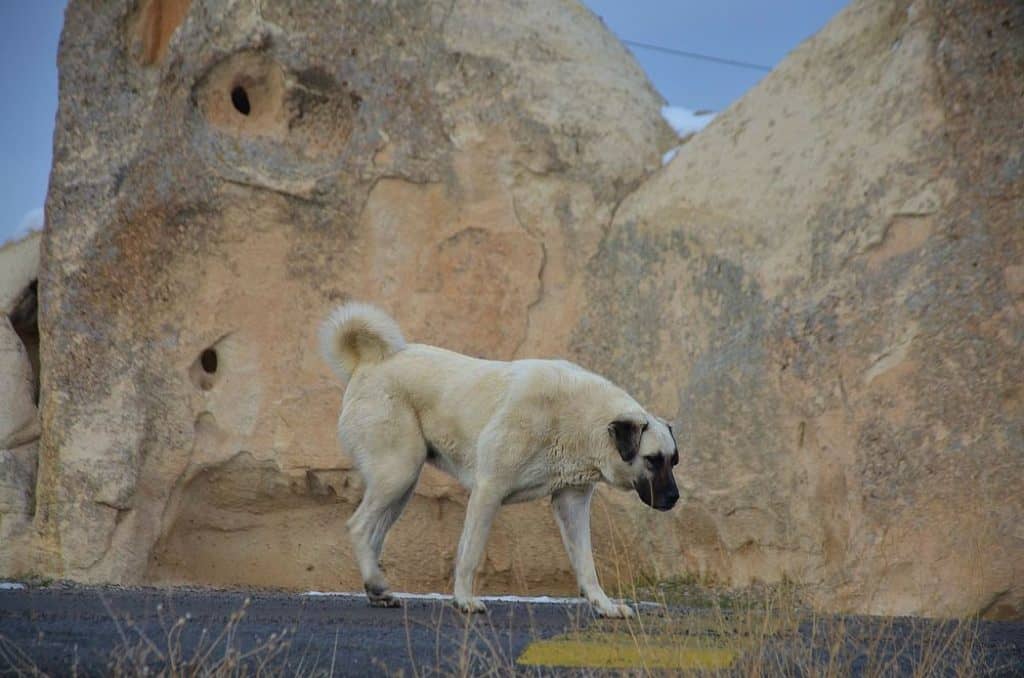
Kangal is an ancient breed with origins in the Turkish province of Sivas.
People of this region mainly used them as livestock guardians and their protective duties often included going against various dangerous wild animals such as wolves and bears.
Appearance
Kangals are a large and heavy breed, with a rather intimidating appearance.
Although they look similar to mastiff breeds, they are more lean, agile, and quick-footed.
The Kangals double coat is fairly short but very thick.
The topcoat is very harsh and water-resistant, providing protection against all sorts of rough weather.
The undercoat is softer and serves as insulation, both in summer and winter.
The most common coat colors are tan or fawn, usually combined with black masks. White markings on the chin, sheet, or toes are also possible.
The head is massive and round, featuring a dark muzzle. The eyes are dark-brown and set deep, while the ears are floppy and medium-sized.
Kangals carry their curly tails over the back.
Male Kangals reach 30-32 inches (77-86 cm) in height and weigh 110-145 pounds (50-66 kg).
Adult females are 28-30 inches (72-77 cm) high and weigh 90-120 pounds (41-54 kg).
Temperament
Kangals have a reputation of being rather fierce and aggressive. However, most dogs of this breed are very calm and even-tempered.
This is particularly true for dogs that go through proper and early socialization.
Still, they are very protective and can act fiercely if they feel that their family is in danger.
Otherwise, they are very friendly, kind, and devoted to their humans. Kangals are particularly great and careful with kids.
They never show aggressiveness towards people or livestock, but can be hostile towards other dogs.
This breed is very trainable and can be taught to perform various tasks. Still, they need a firm hand and an experienced handler.
They are very independent and can often be stubborn, which may create problems for less experienced owners.
This is a very energetic breed, so be prepared to set plenty of time aside for exercise.
Great Dane vs Kangal – What’s The Difference?
| Great Dane | Kangal |
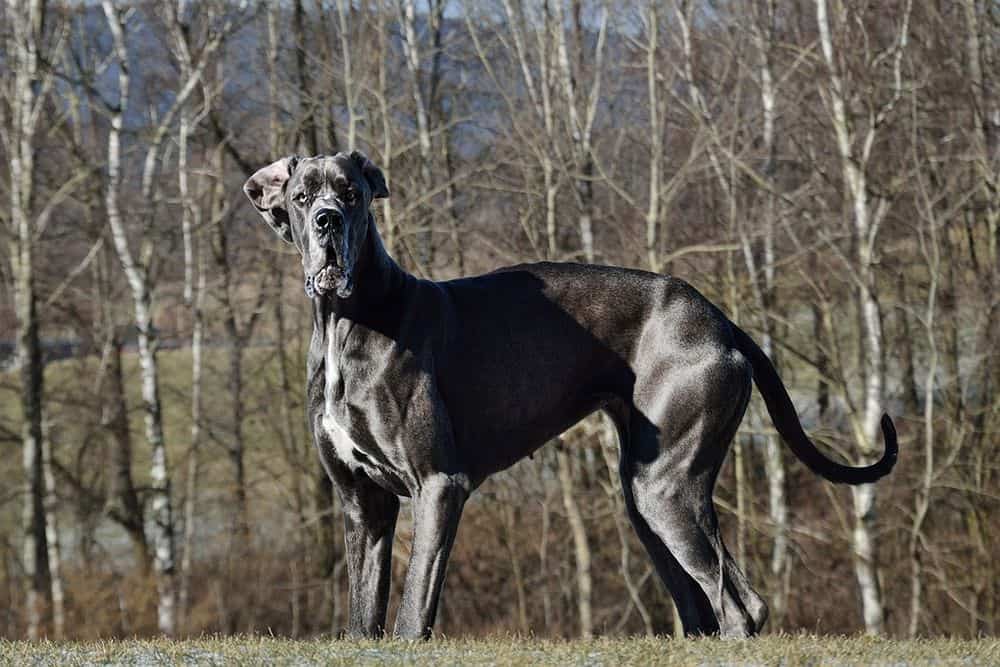 | 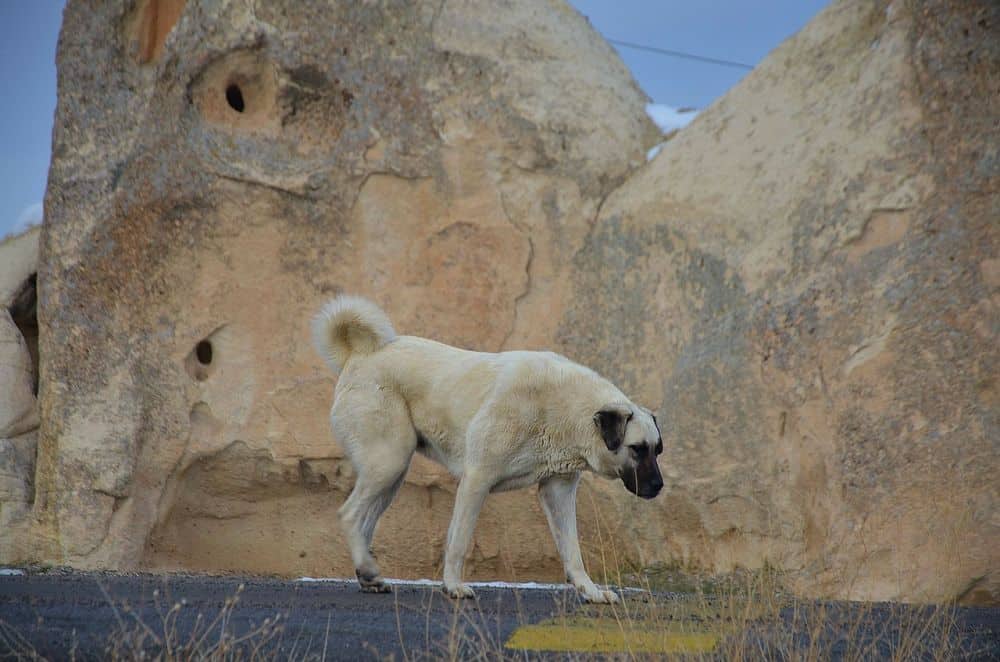 |
While they both belong to the giant breeds, Great Dane and Kangal are not that similar, starting with the appearance.
Great Danes are taller and more elegant, while Kangals have the typical sturdy and muscular appearance of mastiff breeds.
In addition, Kangals have longer hair and are shed more profusely, meaning that they will need more maintenance.
Both breeds are rather friendly, but Kangals can act a bit aggressive in certain situations which can’t be said for Great Danes.
Kangals are also more independent and won’t require much attention, unlike Great Danes who thrive when around people.
At the same time, Great Danes will need less exercise and will be more content to spend time inside.
When it comes to health, Great Danes are more healthy and will likely require less frequent visits to the vet.
On the other hand, Kangals have a longer life expectancy.
Great Dane vs Kangal – Which One is Better?
Of course, the better dog is the one that is better for you. So, the better dog is mainly determined by your needs and your lifestyle.
Due to their sheer size and strength, neither of these breeds is great for first-time owners, as they are both a handful.
Still, Kangals, due to their independence streak and stubbornness, will need a more experienced owner, preferably one who has dealt with similar breeds before.
As for the living needs, both Great Dane and Kangal need a lot of space, but the former is better suited for apartment living.
However, they’re also more sensitive to environmental changes and need a steady daily routine.
More active people should go with Kangal, as this breed will be able to keep up and gladly join whatever activity you have planned.
Kangals, due to their aloof attitude and distrust towards strangers, are also better as guardian dogs.

